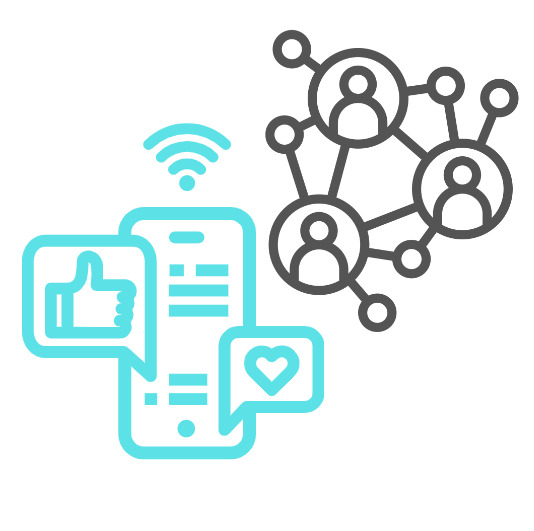Introduction
Outreach is a critical component of digital marketing, focusing on building lists and sending personalized communications to potential leads at scale. This tactic is essential for generating qualified leads, establishing connections, and driving conversions, especially in B2B settings. This article provides a comprehensive understanding of effective outreach strategies, their importance, and best practices in today’s digital landscape.
The Importance of Effective Outreach
Outreach plays a pivotal role in digital marketing:
- Lead Generation: Identifying and connecting with potential customers.
- Brand Awareness: Increasing visibility and awareness of your brand.
- Relationship Building: Establishing and nurturing relationships with prospects.
- Conversion Optimization: Encouraging leads to take desired actions.
Core Components of Effective Outreach
- List Building: Creating a database of potential leads based on specific criteria.
- Personalization: Tailoring messages to meet the specific needs and interests of each recipient.
- Automation: Using tools to send messages at scale while maintaining a personal touch.
- Follow-up: Engaging in consistent follow-up to nurture leads and encourage conversions.
Building Targeted Lists
- Identify Your Audience: Understand who your ideal customers are and what they need.
- Use Reliable Sources: Gather data from credible sources to build your list.
- Segmentation: Divide your audience into segments based on characteristics like industry, role, or interest.
Crafting Personalized Messages
- Understand Needs: Tailor your message to address the specific needs or pain points of your audience.
- Clear Value Proposition: Clearly articulate what you offer and why it’s beneficial to the recipient.
- Engaging Content: Use compelling language and a friendly tone to engage your audience.
Leveraging Automation Tools
- Choose the Right Tools: Select outreach tools that offer personalization and automation features.
- Custom Templates: Create templates that can be easily personalized for different segments.
- Scheduling: Use automation to send messages at optimal times.
Effective Follow-up Strategies
- Timeliness: Follow up promptly to keep the conversation going.
- Persistence: Consistently reach out, but avoid being intrusive or spammy.
- Value Addition: Each follow-up should add value or provide new information.
Best Practices for Outreach
- Consistent Brand Voice: Maintain a consistent tone and style that reflects your brand.
- A/B Testing: Test different messages and strategies to see what works best.
- Data-Driven Decisions: Use analytics to track the effectiveness of your outreach and make informed adjustments.
- Compliance: Ensure your outreach practices comply with regulations like GDPR or CAN-SPAM Act.
Popular Outreach Tools
- Sales Enablement Platforms (SEP’s): Such as outreach.io, konnected, reply.io, salesflow.io
- CRM Systems: Customer relationship management systems to track interactions and data.
- Social Media Tools: Platforms like LinkedIn Sales Navigator for social media outreach.
- SMS Marketing Tools: Services for sending personalized text messages at scale.
Conclusion
Effective outreach is a blend of art and science, requiring a deep understanding of your audience, personalized communication, and the use of the right tools and strategies. By building targeted lists, crafting personalized messages, leveraging automation, and engaging in consistent follow-up, you can significantly enhance your lead generation and conversion efforts. Remember, the key to successful outreach is to be personal, persistent, and always focused on providing value.



